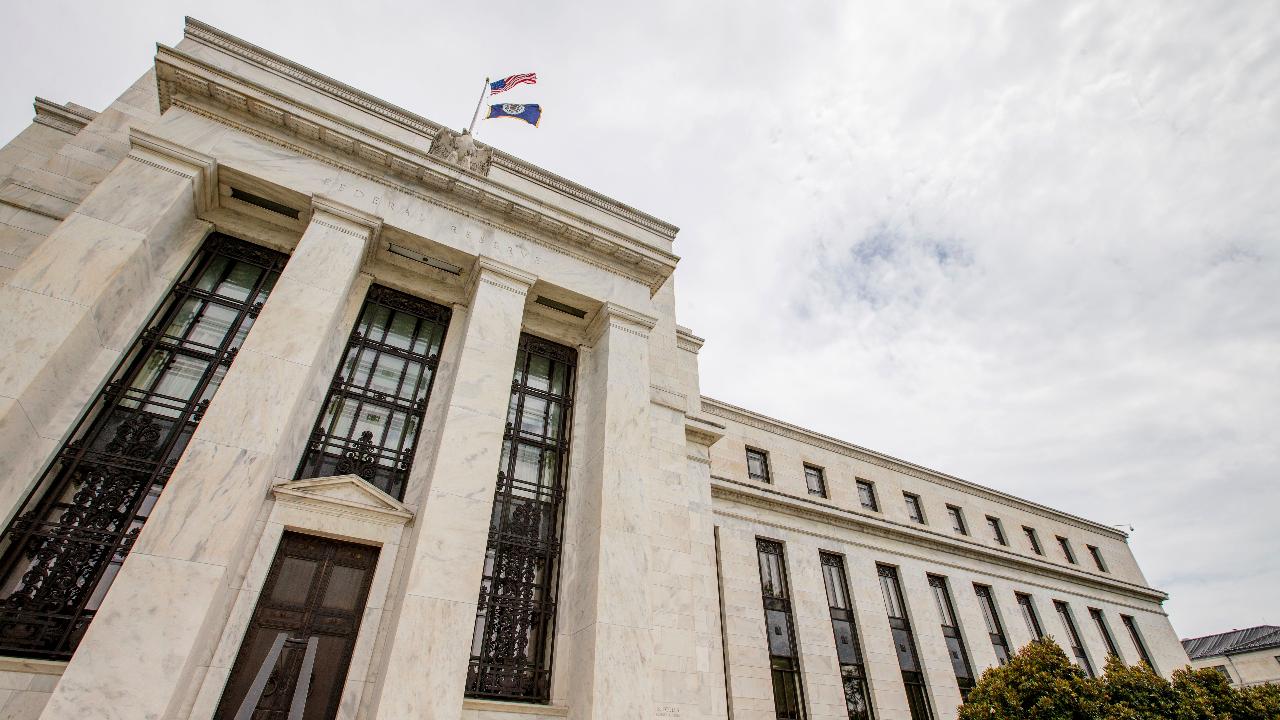Recession indicator with perfect track record flashing red
The yield curve is blaring a recession warning.
The spread between the U.S. 2-year and 10-year yields on Wednesday turned negative for the first time since 2007. Such a development has occurred ahead of each and every U.S. recession of the last 50 years, sometimes leading by as much as 24 months.
“Historically, the 2-10 has had better predictive ability of recession than equities,” Sri Kumar, president of the Santa Monica, California-based Sri-Kumar Global Strategies, told Fox Business.
“If you depended on equities to tell you whether you are entering into a recession you did not do well. For example, October, November of 2006, exactly one year before the Great Recession began, the 2-10- inverted. Equities did well in the first half of 2008 when we were in a recession and oil prices hit a peak in May of 2008 when we were very much in a recession.
“Do not depend on equities or oil price to tell you that you are in a recession. You’re probably not going to do well as a leading indicator.”
And while a flattening yield curve is typically something investors fear, President Trump earlier this month called on the Federal Reserve to cut rates in order to flatten the yield curve further and spark inflation – something needed to jumpstart a slowing economy.
“They must Cut Rates bigger and faster, and stop their ridiculous quantitative tightening NOW,” Trump tweeted. “Yield curve is at too wide a margin, and no inflation!”
Trump’s call for more Fed rate cuts comes at a time when the economy is slowing as the more than yearlong U.S.-China trade war presses on. The U.S. economy grew at an annualized rate of 2.1 percent in the April to June period, down from 3.1 percent in the first quarter.
But that’s not the only evidence of a slowing economy. A team of Bank of America Merrill Lynch economists led by Ethan Harris say three of the top five economic indicators of the business cycle are “flashing yellow” and are near levels consistent at the start of previous recessions.
Specifically, the team points to weakness in auto sales, industrial production and aggregate hours worked. However, they say arguably the “most reliable early indicator,” initial jobless claims, remains at a low level.
The bank’s official model suggests a 20 percent chance a U.S. recession will occur in the next 12 months, but the economists say the data and events lead them to believe it’s more like a one-in-three chance. They think the Fed will cut rates two more times this year after in July lowering its benchmark interest rate for the first time since the financial crisis.
“We expect two more rate cuts this year (Sept and Oct), but see the risks clearly for more if the US-China trade tensions continue to escalate,” Bank of America Merrill Lynch US Economist Joseph Song wrote.
While rate cuts at the next two meetings may appease Trump, they probably won’t make much of a difference.
CLICK HERE TO READ MORE ON FOX BUSINESS
“The Fed has become hereafter irrelevant,” Kumar said.
“They are probably going to cut two more times, three more times, take your pick. Or they may cut by 50 basis points and cut again. I think it is too late. You may temporarily boost equities, but it is going to signify panic on the part of the Fed. I wouldn’t be surprised if after that they resume a quantitative easing four as Trump has asked them to do as well.”

